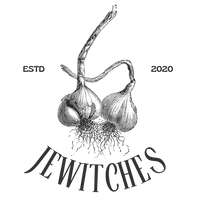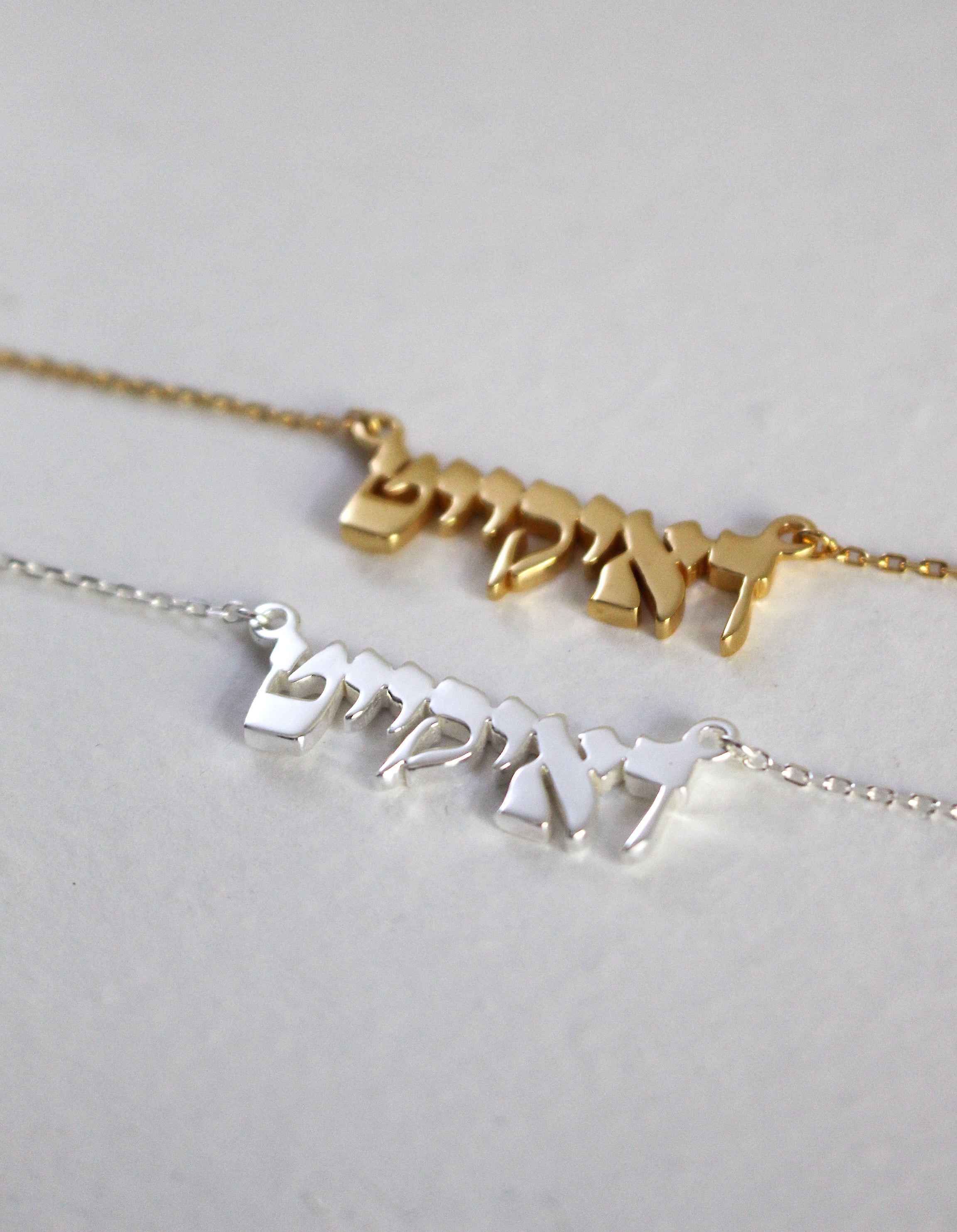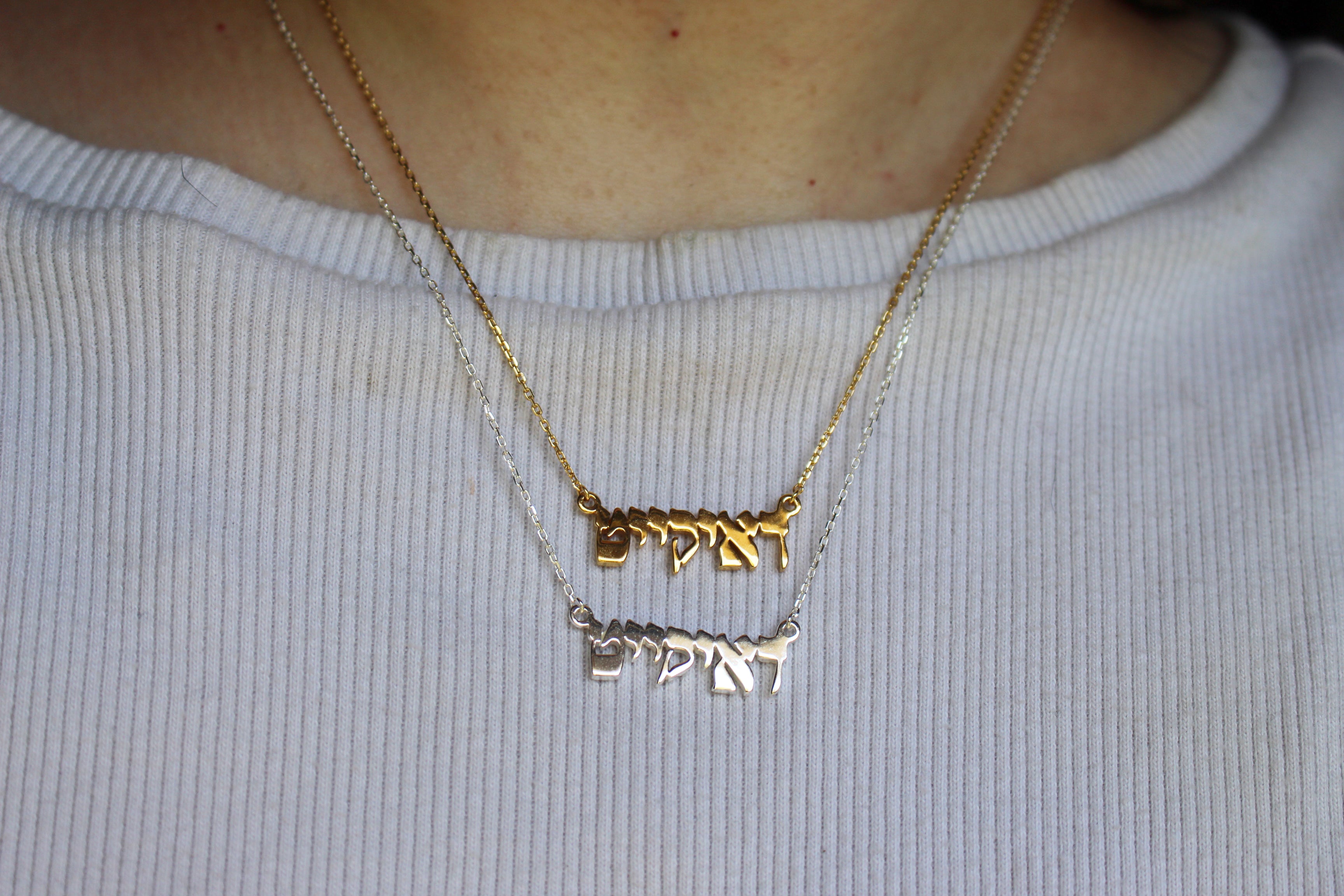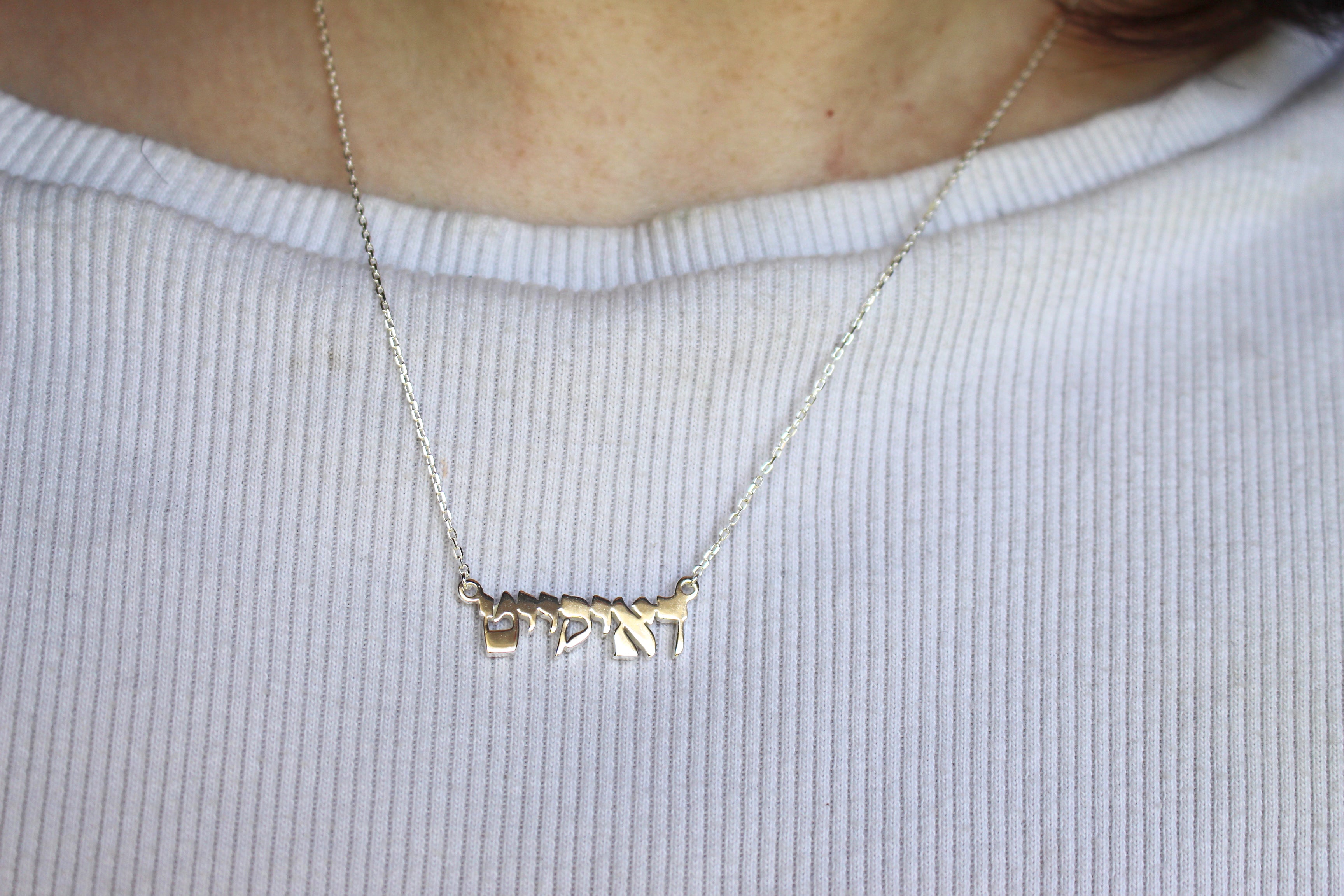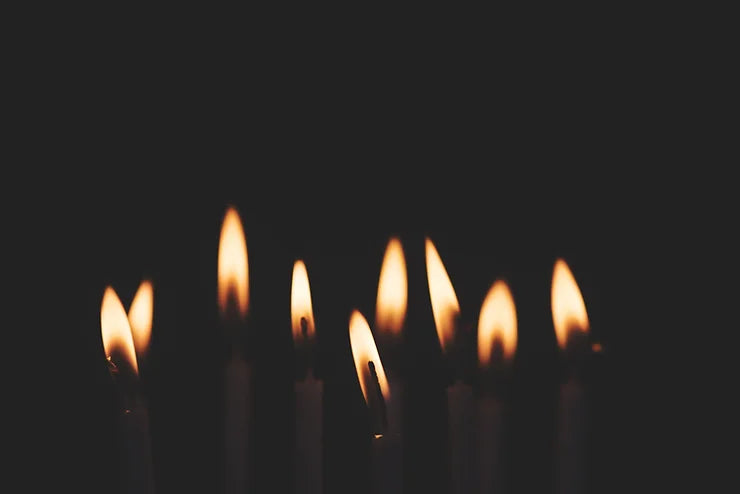As we approach the winter solstice, so do we approach the holiday of Channukah, whose English spelling is contentious. You may also see it spelled: Hannukah, Hanukkah, Chanukah, Chanukkah, or about a hundred other ways. As many a wise rabbi says: the English spelling isn’t that important as it is simply a transliteration of the Hebrew.
Channukah is, in comparison to the holidays of Yom Kippur or Rosh HaShanah, a relatively minor holiday. You'll often see this argument in response to the commercialization and consumerism surrounding Channukah in the western world. Because of its commercialization and proximity to the most popular Christian holiday, it has become known as “Jewish Christmas,” and it feels like much of the world regards it as the only Jewish holiday. While Channukah is relatively minor but is still a deeply meaningful and important holiday.

The story of Channukah is one of resilience, dedication, and strength during dark times. As we discuss in the blog post on each month of the year, Kislev has the qualities of trust, perseverance, and optimism.
These qualities are further exemplified by the holiday of Channukah. You can read in-depth about Channukah's actual story here, as this blog will focus on the spiritual meanings we find during it.
According to Matityahu Glazerson, author of Above the Zodiac, Channukah is etymologically related to the word "chinuch," which means renewal. We also know that it stems from the word meaning dedication. After being desecrated, Channukah marks the Beit Hamikdash being rededicated to Judaism and renewed into its place as a holy space.
The Kabbalistic quality of the month is sleep, which can be interpreted in several ways: rest, rejuvenation, dreaming (literally and symbolically), and ignoring (sleeping through) spiritual callings. During the month of Kislev, particularly during the Festival of Channukah, pay close attention to your spiritual life. Are you faltering? Where is your resilience waning?
Lighting the Channukiah
A Channukah menorah, also known as a Channukiah, is a central part of the Jewish celebration. Menorah (meaning lamp) typically refers to the 7 branched candelabra that stood within the Beit Hamikdash, or Temple. A Channukiah is a specific kind of menorah that has 9 branches and is used only for Channukah. All Channukiot are Menorahs but not all Menorahs are Channukiot. Use of the word Channukiah is not popular within all Jewish communities and many Jews simply refer to theirs as menorahs.
We light one more candle every night until the entire Channukiah is ablaze on our window sills. We traditionally place them there so that we can show the outside world our resilience, though many of us now light them in other parts of our homes. In some communities, the Channukiah is hung on the door. All of is referred to as Pirsumei Nisa or to “publicize the miracle”. If you do not have access to a window or cannot place a Channukiah there safely, lighting one elsewhere is completely acceptable.
While the ritual of lighting the Channukah candles is beautiful in itself, there are ways to deepen your experience.
Take the time to prepare your space and your candles. If you choose to use candles, you will use many candles over the days of Channukah, so you can set aside time to anoint each candle at once, or you can do it each day before lighting. Focus on what you are looking for in this festival. Are you working on lighting your spiritual fire? Persevere through dark times? Allow yourself to rest? Focus on your intention as you prepare your candles.
Carefully anoint your candles with oils. You can also roll each candle in herbs, choosing each herb based on their spiritual correspondences. Some well-known ones include rue for protection, cloves to remove malignant spirits and for warmth and protection, mandrake for love, etc. Remember that this is a celebration of resilience. Find joy in your preparations.
Once you have anointed your candles and are ready to light, focus on the blessings as you recite them.
Baruch atah Ad-nai, Eloheinu Melech haolam, asher kid'shanu b'mitzvotav v'tzivanu l'hadlik ner Chanukah
Blessed are You, our G-d, Ruler of the world, who sanctifies us with mitzvot and calls upon us to kindle the lights of Channukah.
Second blessing:
Baruch Atah Ad-nai Eloheinu Melech Haolam sheasa nisim laavotenu bayamim hahem bizman hazeh.
Blessed are You, our G-d, Ruler of the world, who performed miracles for our forefathers in those days, at this time.
Third blessing (for the first night of Channukah only)
Baruch Atah Ad-nai Elohenu Melech Haolam shehecheyanu vekiyimanu vehigianu lizman hazeh.
Blessed are You, our G-d, Ruler of the world, who has granted us life, sustained us, and enabled us to reach this occasion.
One custom popular in Sefardic & Mizrahi communities is to only use olive oil in their Channukiah as the original miracle took place with olive oil, not rolled candles or any other oil. There is also a tradition of only utilizing one Channukiah per family, which is referred to as a Channukah, not a Channukiah or menorah. For Tunisian Jews, there is a custom that while the Channukah candles are lit, women may not participate in any work.
Traditional Foods
The foods of Channukah all honor one thing: the miracle of the oil. From latkes to sufganiyot (donuts), we're all about honoring our history through food. Popular foods include latkes, sufganiot, buńuelos, sfenj, cassola, Keftes de Espanika, shamlias, Pollo Fritto di Hanucca, Berenjenas con Miel, Jalebi, and so much more!
Try including the sacred species (wheat, barley, figs, grapes, dates, olives, and pomegranates) into your Channukah meals as an added layer.
Cooking is a huge part of Jewish ritual--and part of that is the focus on each action. As we cook, infuse each moment with what you look for during this holiday—perseverance, growth, resilience. Imbue the foods you eat during your celebration with these qualities. Do not forget that Channukah celebrates one of the most vital aspects of Jewish culture: joy in spite of hardship, happiness in the face of persecution, and miracles in the darkest times. Your food is a celebration of happiness, joy, and love: if nothing else, cook with love!
Games
The game of dreidel is one of the most iconic parts of Channukah. A dreidel, a top with 4 sides, each with a Hebrew letter, is not generally associated with mysticism, but there are mystical properties to this game
Landing on Gimmel wins the whole pot, Hay gets you half, Nun gets nothing & for a Shin means you have to put into the pot!
The letters have Yiddish origin. Gimmel is Gantz, meaning tall Hay is for Halb, meaning half. Nun is for Nisht or nothing, and Shin is for Shtell Arein or put in. But they also have a deeper meaning and can be used for dreidel divination. The significance of each roll can be analyzed and interpreted to look into your own life. (1)
As you play, pay attention to how you do. Focus on your roles and see what seems to be most common in your own life.
Most importantly, don't forget to have fun. As a people, we have survived persecution, genocide, and more, and our identity can sometimes wrap heavily around those experiences. We survived. We deserve to enjoy our holidays. Not everything you do has to have a deeper, spiritual meaning.
Dreidel Divination
Assign meaning to the letters, for example:
Nun: No
Gimmel: Yes
Hay: Maybe
Shin: Spin Again
And then ask the dreidel questions--funny or not!
Channukah Journaling Challenge
As Channukah and the month of Kislev at large focus so heavily on spiritual resilience, I have crafted 8 questions for you to ponder and journal over this holiday.
-
Are you allowing yourself to walk the spiritual path you want fully? What is holding you back?
-
What role has resiliency played in your life?
-
How can you dedicate yourself to your spiritual path?
-
What are the goals that you seek to achieve through this spiritual path?
-
What is your relationship with the rest? Do you fear it? Do you indulge in it? Do you allow yourself to rest?
-
What are your dreams? Indulge yourself--write out all of your biggest, wildest dreams.
-
How have the things you have survived and lived through impacted your dreams? Do they hold you back? In what way?
-
Looking at what you have survived and persevered through, what are 8 positive qualities you have gained through survival?
Alternatively, if you are a reader, you can use your favorite tarot or cartomancy deck in order to use these questions to look further.
Sources:
-
https://www.chabad.org/holidays/chanukah/article_cdo/aid/338404/jewish/The-Kabbalah-of-the-Dreidel.htm
